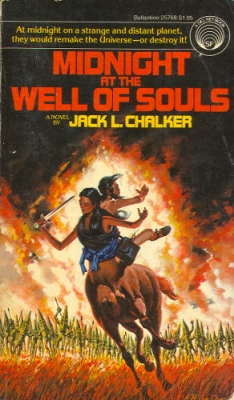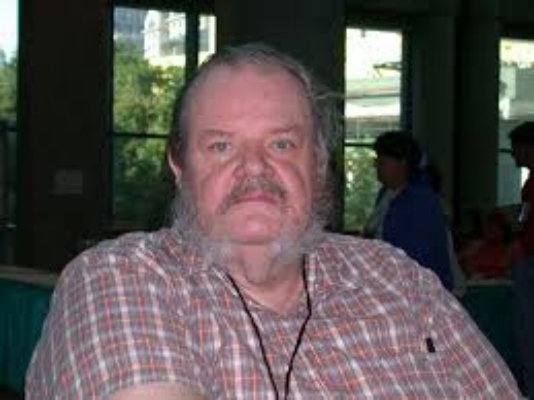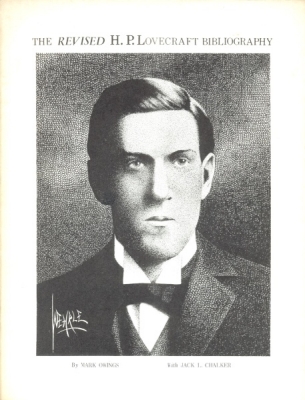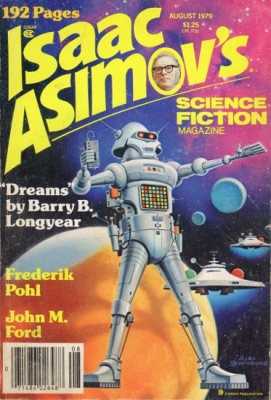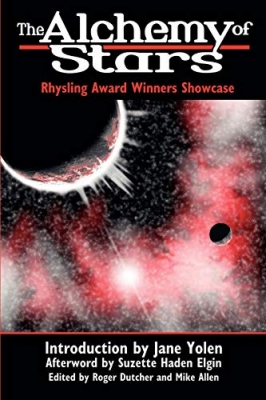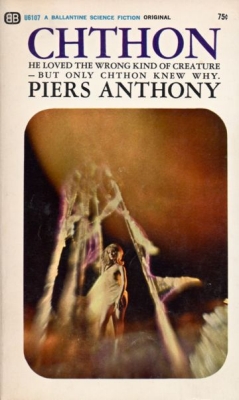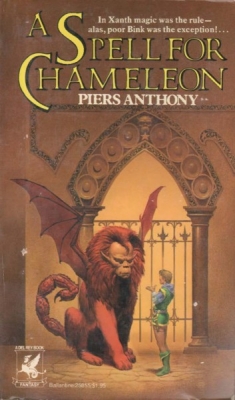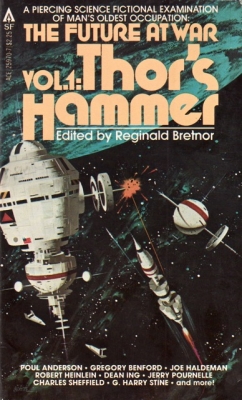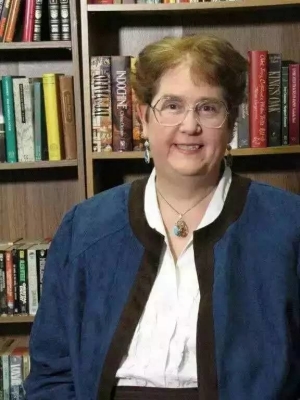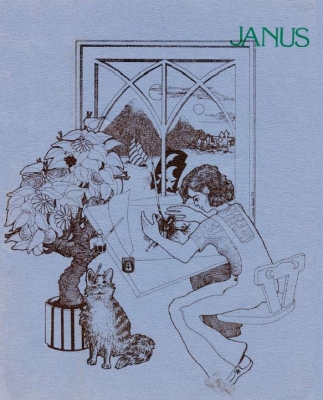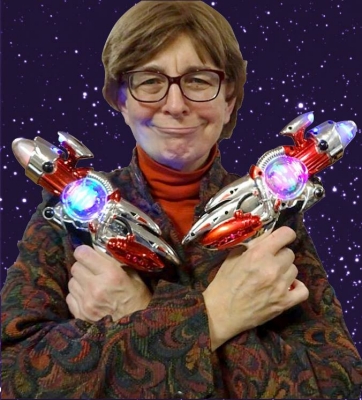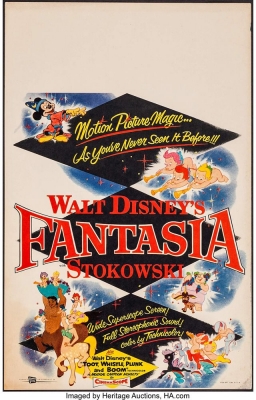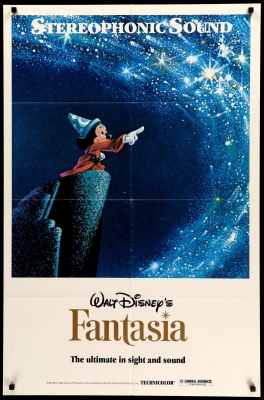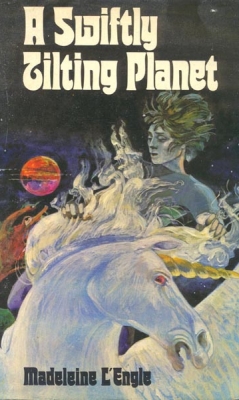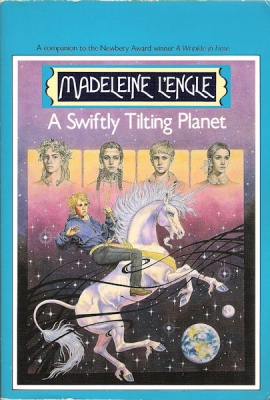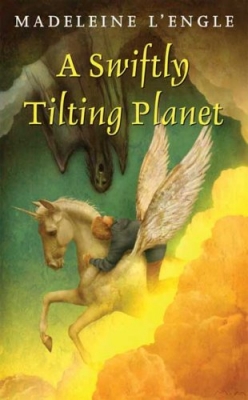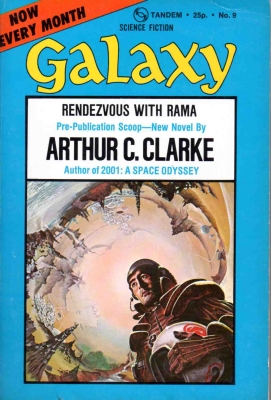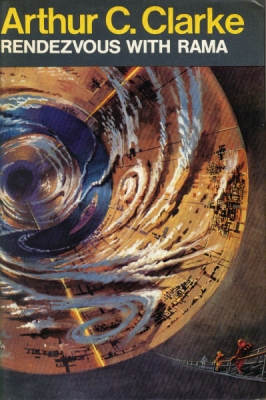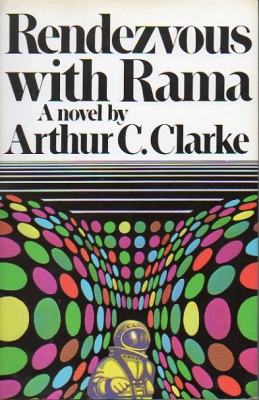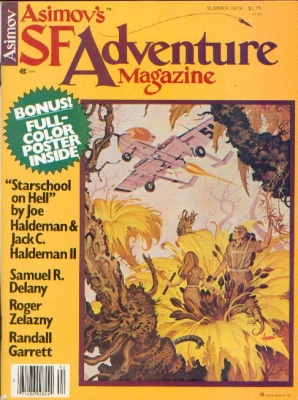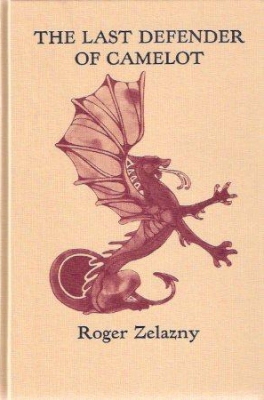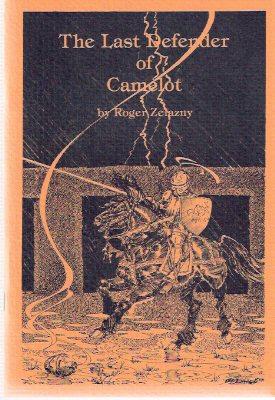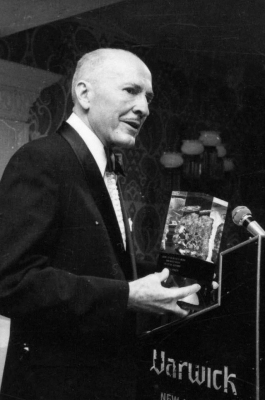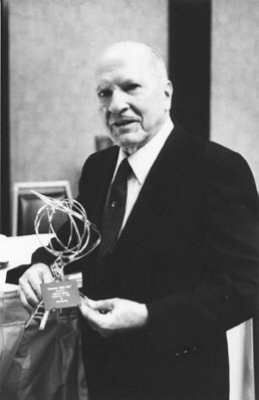The Golden Age of Science Fiction: Jack L. Chalker
The Skylark Award, or more formally, the Edward E. Smith Memorial Award for Imaginative Fiction” is presented annually by NESFA at Boskone to honor significant contributions to science fiction in the spirit of E.E. “Doc” Smith. The award was first presented in 1966 to Frederik Pohl. The award takes the form of a lens on top of a podium. When Jane Yolen received the award in 1990, she placed the award in the picture window in her kitchen. On the next clear day, the lens focused the sun’s rays and burnt Yolen’s coat. Ever since, this cautionary tale has been related to the award’s winner.
The Edmond Hamilton/Leigh Brackett Memorial Award was presented at Octocon by the Spellbinders Foundation in the 1970s and 80s, with the award voted on by the attending membership of the convention. The convention and the award were only in existence for a handful of years, with the first award presented in 1977 to Katherine Kurtz at Octocon 1. The award recognized promotion of the “sense of wonder” in science fiction and fantasy. Some sources list the award as going, in general to the author, while other sources indicated the award was presented for a specific work.
